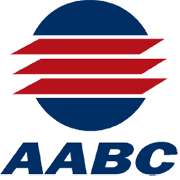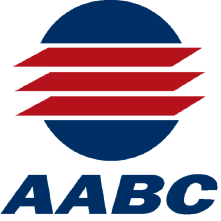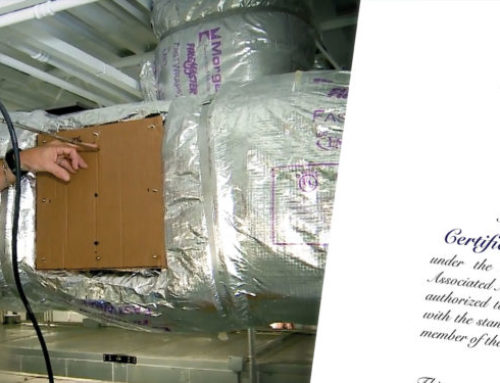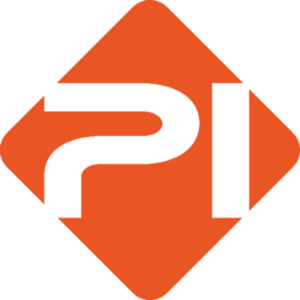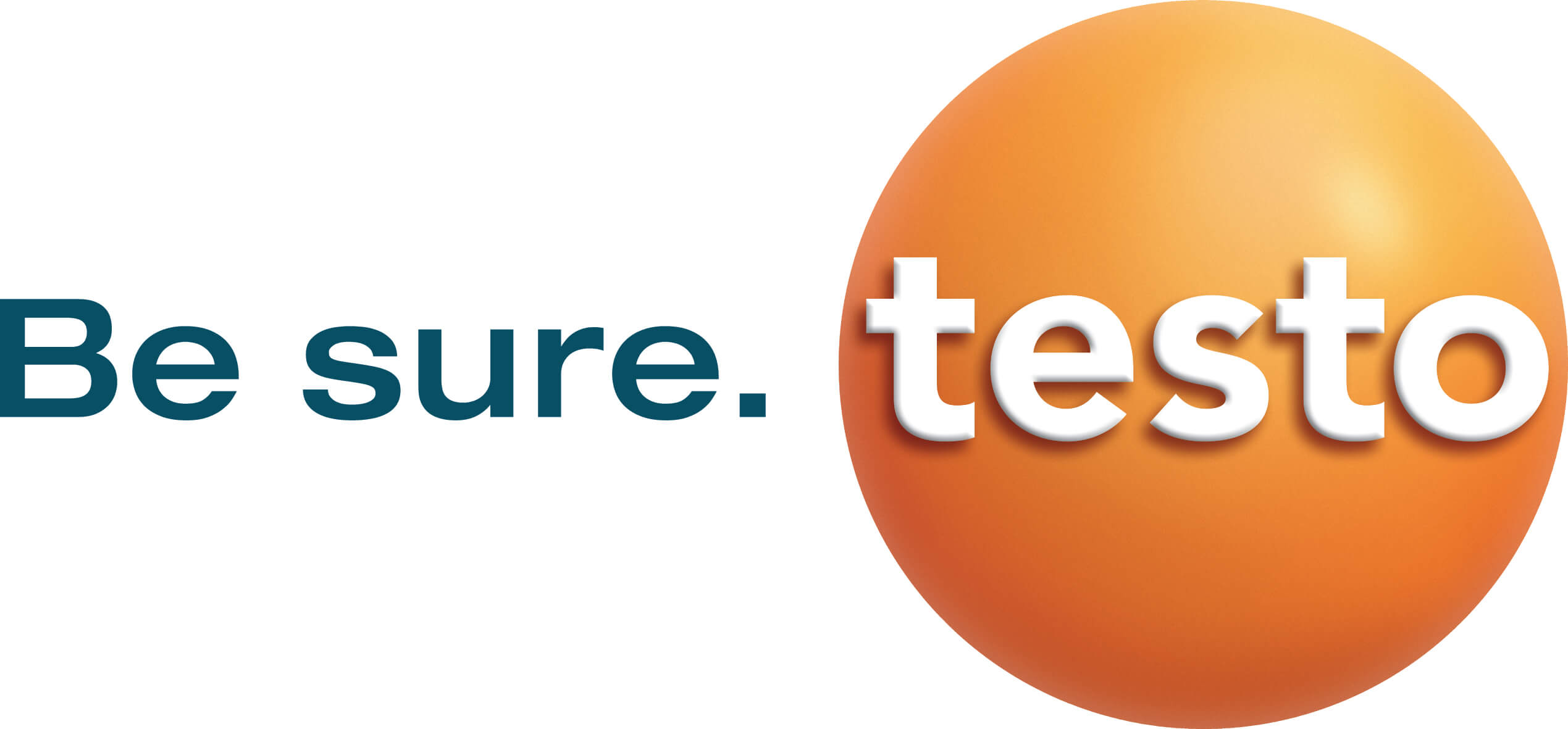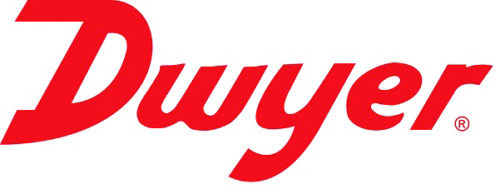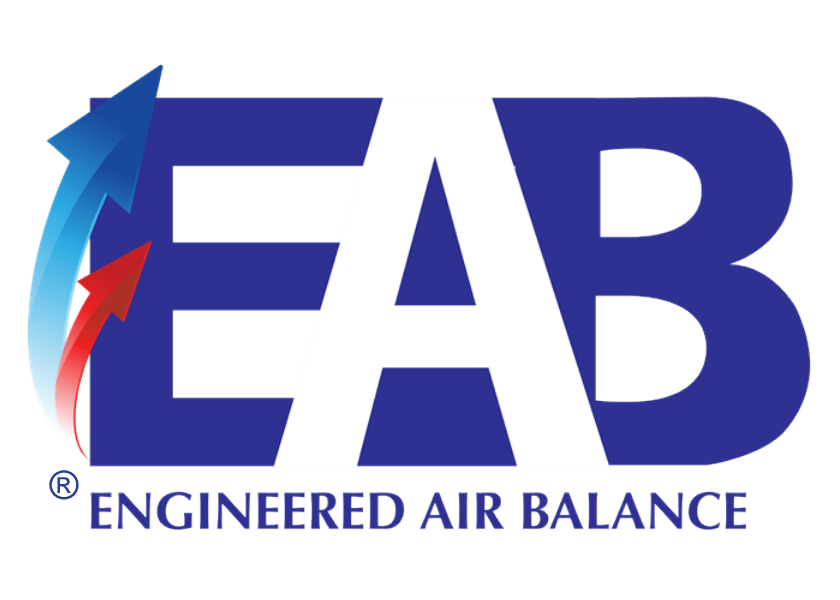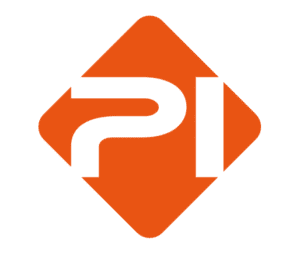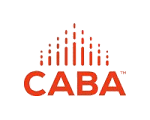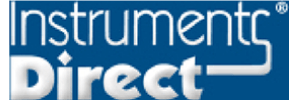
The Art of Testing & Balancing Outside of Standard TAB Practices
Learning Objectives:
- Identifying configurations (unit type, fan type, economizer control components, unit control components, display configuration if in place.
- Configuring units for testing and commissioning,
- Unconventional TAB practices.
- Discuss resources available for support from manufacturers for testing.

Testing, Adjusting & Balancing HVAC Systems with an Aerosol-Based Methodology
In recent years, the COVID-19 pandemic, climate change, and macro-economic
challenges have significantly increased financial and operational costs, risks, and
liability for building owners-operators. Moreover, evolving compliance requirements and
regulatory enforcement for indoor air quality, pathogen mitigation, and energy efficiency
have made responding to these challenges more urgent and consequential than ever.
Limitations in field assessment tools have hindered accurate and effective TAB of HVAC
systems to ensure high performing, compliant indoor environments.
However, new innovative TAB approaches, leveraging science, technology, and data,
have greatly enhanced the ability of TAB professionals to sharpen field measurement
and verification of HVAC systems.
In particular, an emerging TAB methodology leverages DNA-tagged aerosol tracers, which simulates airborne pathogen emission, mobility, and exposure, in order to:
Learning Objectives:
- Accurately TAB HVAC systems for optimal mechanical performance, indoor air quality, and energy efficiency
- Conduct iterative scenario-based performance testing under static and dynamic conditions
- Simultaneously quantify and measure equivalent air change (eACH), airflow/distribution/balance, leakage, airborne & fomite contamination, and other leading indicators and key performance metrics

Balancing and Operational Issues of CO2-based DCV
Abstract: There are expanding requirements of demand control ventilation (DCV) in standards and codes to save operational energy. Although several methods of DCV exist, carbon dioxide (CO2) based DCV is often the chosen method. However, CO2 production from occupants and CO2 measurement may have significant uncertainty. This can lead to poor ventilation control resulting in indoor air quality (IAQ), pressurization, temperature, and humidity control issues. Air balancers have a difficult challenge to validate these systems or to identify potential problems, since most often their work is done in unoccupied buildings.
This presentation will review the DCV code and standard requirements, explain the relationship between CO2 and ventilation, and provide best practice solutions to mitigate issues.
Learning Objectives:
- Understand why CO2-DCV has uncertainty and error
- Recognize operational issues that result when a CO2-DCV control strategy is implemented.
- Learn how to field evaluate systems that employ CO2-DCV (This is extremely challenging since most buildings are often evaluated when they are unoccupied)
- Understand best practice control solutions to mitigate the operational issues that result when CO2-DCV is implemented

The role of TAB on the testing of HVAC systems
Abstract: This presentation provides a comprehensive exploration of the role of testing and balancing (T&B) in testing HVAC systems, focusing on the involvement of TAB (Testing, Adjusting, and Balancing) agents throughout the design, construction, startup, and commissioning phases of a building. It delves into the critical significance of TAB agents in ensuring optimal system performance, energy efficiency, and occupant comfort. The presentation covers key aspects such as the TAB agent’s responsibilities, collaboration with design and construction teams, coordination during system startup, and their role in the commissioning process. Attendees will gain valuable insights into the TAB agent’s potential contributions at each phase, equipping them with a deeper understanding of their vital role in the successful implementation and operation of HVAC systems. This presentation aims to enhance the knowledge and effectiveness of TAB agents, enabling them to make a meaningful impact in their respective roles within the design, construction, and commissioning teams.
Learning Objectives:
- Understand the essential role of TAB agents in the design, construction, startup, and commissioning phases of HVAC systems in buildings.
- Gain insights into the specific responsibilities and tasks performed by TAB agents at each phase.
- Learn effective communication and collaboration strategies to work seamlessly with design, construction, and commissioning teams.
- Identify opportunities for TAB agents to optimize system performance, energy efficiency, and occupant comfort during the building lifecycle.

Airflow Measuring Stations: An Overview of Different Technologies, Understanding Their Limitations, And How to Get More Accurate Results
Control strategies have advanced very quickly in the last 15 years. These strategies have made it possible to guarantee comfort and proper control, while reducing as much energy and carbon usage as possible. There is a major downfall with these strategies though because they are heavily dependent on accurate sensor readings. The most difficult sensor of all types used in HVAC applications to get working accurately is the Air Flow Measuring Station (AFMS), and yet it is the most vital and important control point to get right.
This session will address common issues related to AFMSs, how to get better results when calibrating them, and a quick look into the future of precision calibrations for better accuracy and control.
Learning Objectives:
- Understand what components are truly involved when measuring airflow.
- Understand the different types of airflow sensor technologies.
- Understand when and where to use flow stations.
- Understand what can cause a flow station to read incorrectly.
- Understand how to keep and maintain flow stations so they will remain reliable for years to come.

Visualizing Real Time Contamination Risks Using Modern Methods and Technologies
An understanding of contamination risks in a controlled environment is of utmost importance. Modern methodologies and technologies are available that improve awareness of contamination risks and support their mitigation. For example, three-dimensional airflow velocity and directionality information can be combined with total and biologic particulate counts obtained using a rapid, modern microbial monitoring method to map the current environment and better understand the potential risk to process or product. Two case studies are presented on the use of modern technologies in a cell therapy clean room and hospital operating room. An overview of the technologies used is provided and data obtained summarized in the form of a microbial and particulate contamination risk map and real-time visualization of the environment. Also presented is a new environmental quality indicator (EQI) metric that combines commonly used environmental variables to predict risk more easily in an environment.

The Evolution of the TAB Professional: It's more than just showing up to work!
How do we, as a TAB industry, produce experienced and knowledgeable professionals that are dynamic with changing technologies and can also develop future generations of professionals? The simple answer is training and not just the technical type. It is no longer sufficient to have a new technician start in the field and “learn as they go” on their own. It is also not acceptable to say that training ends when a technician passes the certification exam. Those attitudes will cause the decline of our valued professionals because, as the old saying goes, “If you are not constantly learning, you are falling behind.”
This session will discuss the importance of a well-rounded and intentional approach to training at all levels with TAB personnel. As a person grows in the TAB industry, they must not only continue to hone their technical skills, but they must also develop and master leadership and management skills to be successful. This session will focus on where to apply each of these three areas of training throughout the career of a developing TAB professional.
The final piece of this session will talk about the importance of seasoned TAB professionals training and mentoring those new to the industry. If this does not happen and continue to happen in the future, the quality of the folks in the TAB industry will decline at a time when our society needs competent professionals in the building sciences to achieve the prevailing environmental and sustainability goals.
Learning Objectives:
- Identify the core technical skills needed at each stage of the TAB career path.
- Identify leadership skill progression to achieve higher positions of responsibility in the TAB industry.
- Identify management skills necessary for TAB Technicians, Supervisors and Managers.
- Identify training approaches to help build well rounded TAB professionals.
- Identify realistic expectations of performance at different levels of TAB positions and experience.

What is a Well Thought Out and Well Executed Marketing Strategy?
Brian Venn, TBE, CxA, Mechanical Testing, Inc.
Marketing is as important as any of the other disciplines in your business such as accounting, finance, sales, etc. In fact, you can argue that marketing is the most important discipline in your business because it deals with the motivations that drive your customers and potential customers to experience your organization and purchase your product or service.
So, what is a well thought out and well executed marketing strategy? We have boiled down the answer to this question into what we call “the pillars of success”. In his presentation, Eric will discuss the “pillars of success” and illustrate the steps to building a successful brand by outlining the process that NextLevel Thinking has successfully used with clients over the past 20+ years.
Learning Objectives:
- Members will leave the presentation with an understanding of the true definition of a brand and how to apply marketing strategy principles to their organization.
- Members will also be given the steps to help them think through their current situation, from a marketing perspective, and the activities necessary to make sure their brand occupies a unique, distinctive and relevant place in their target customer’s mind.
